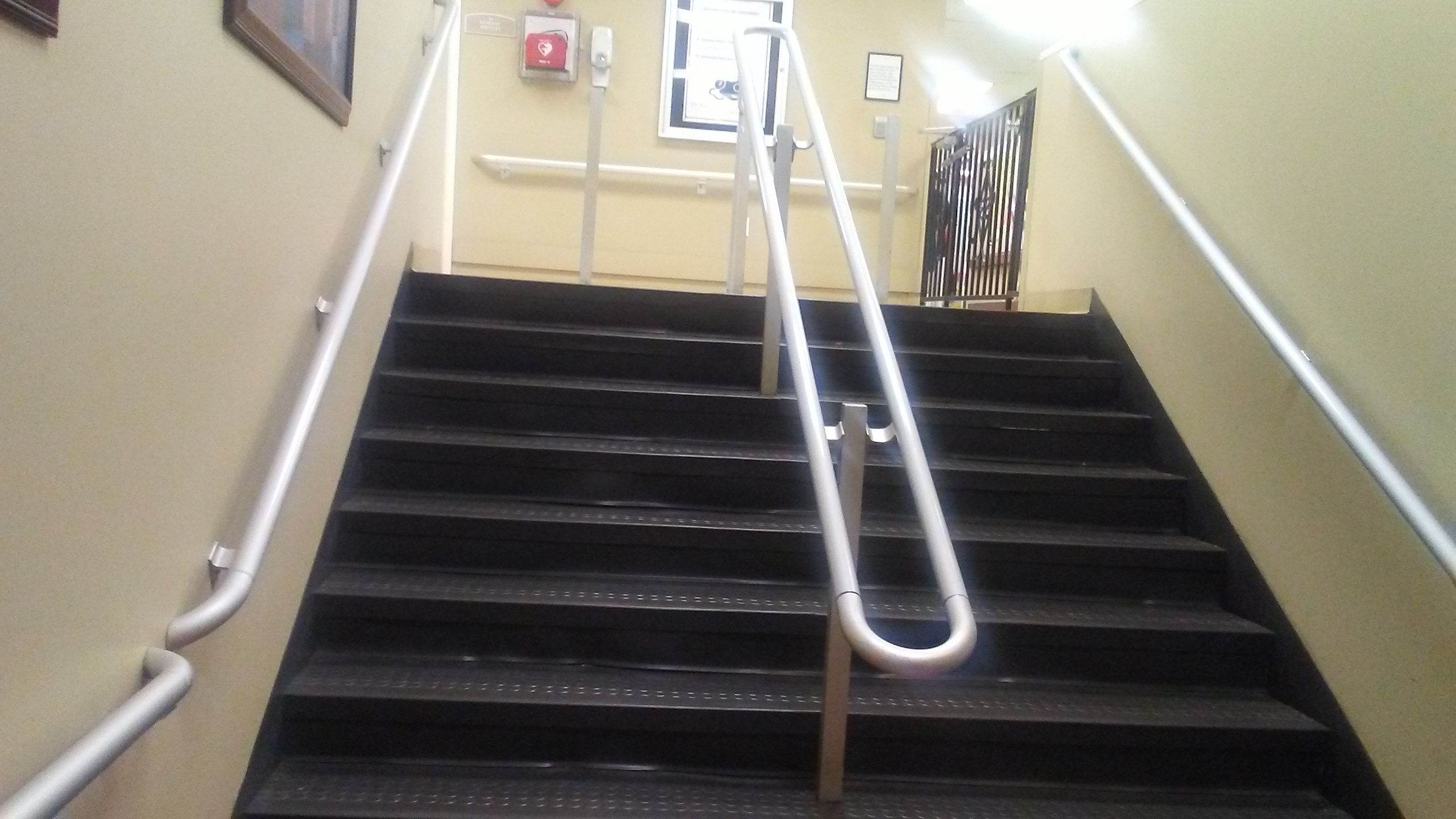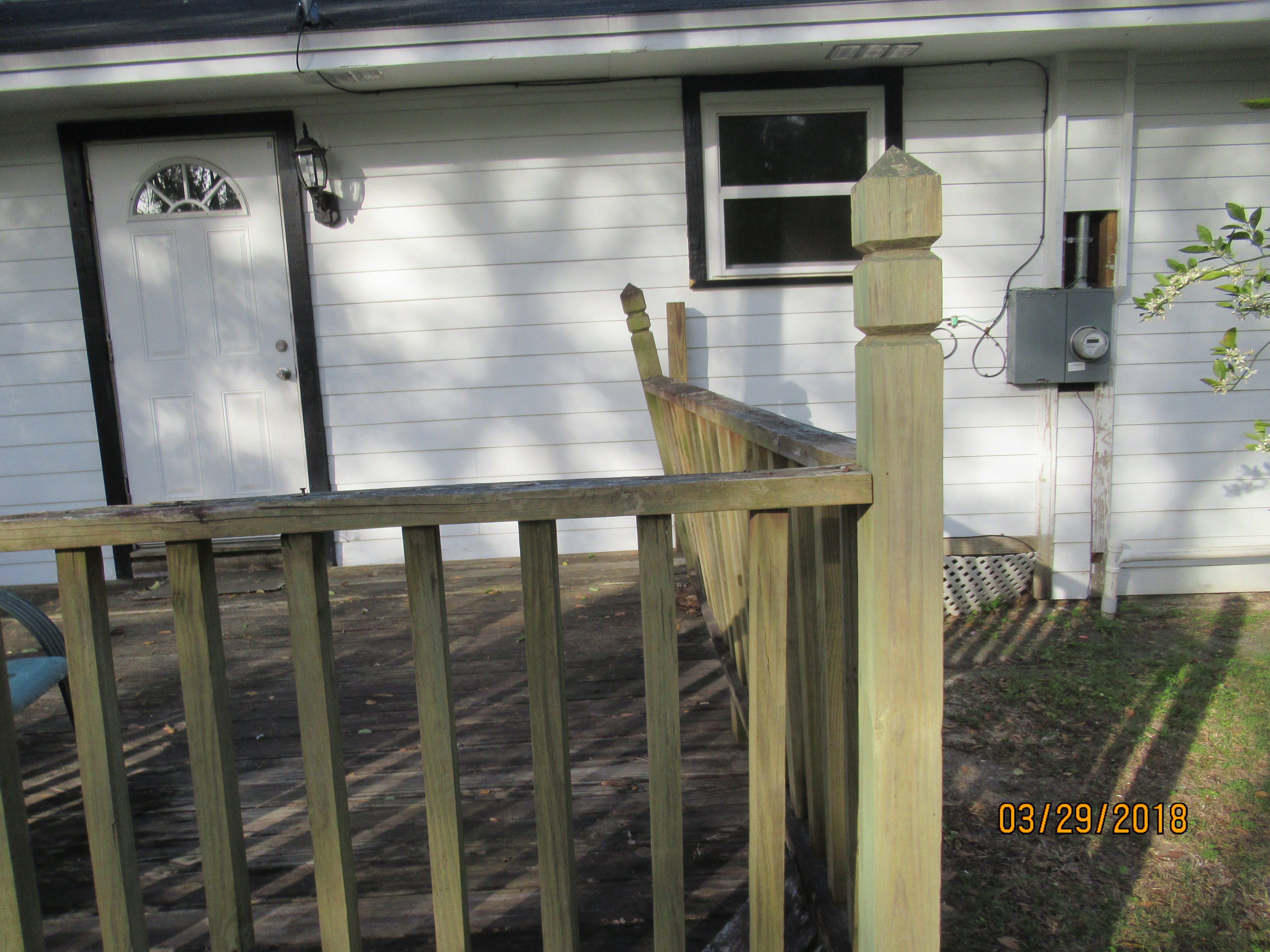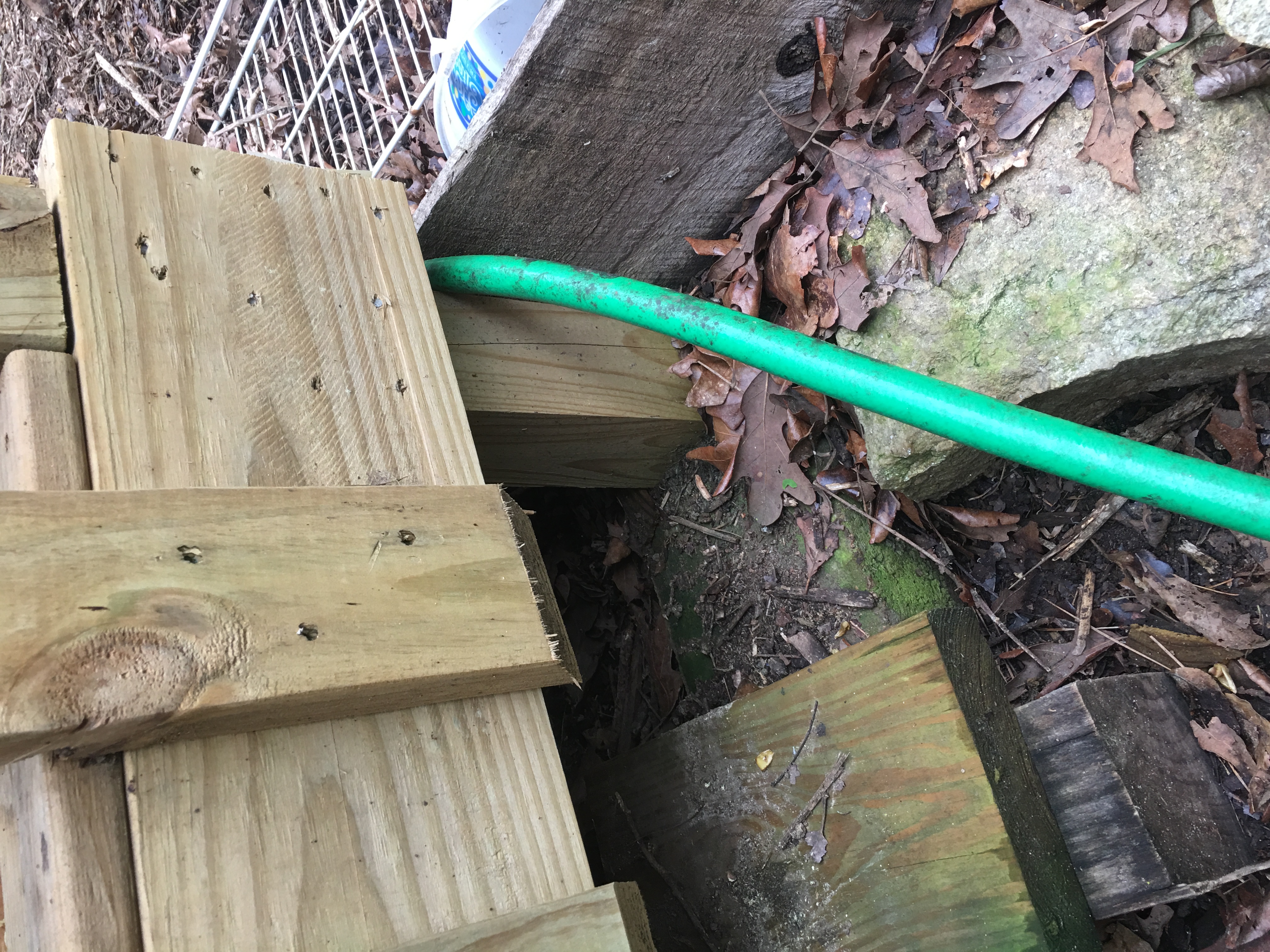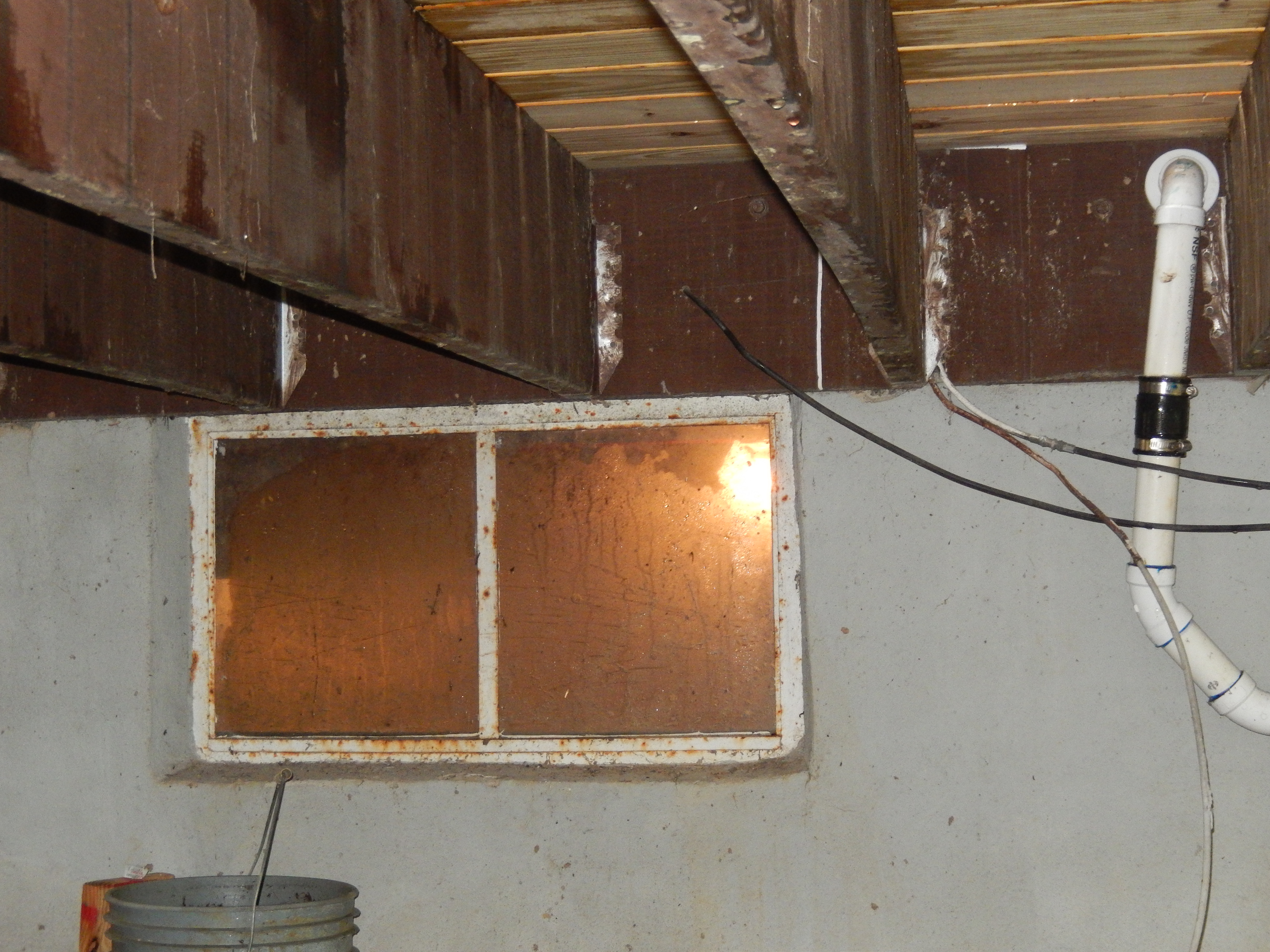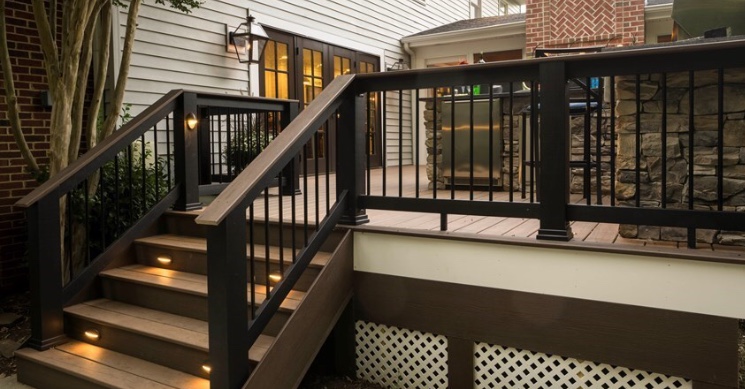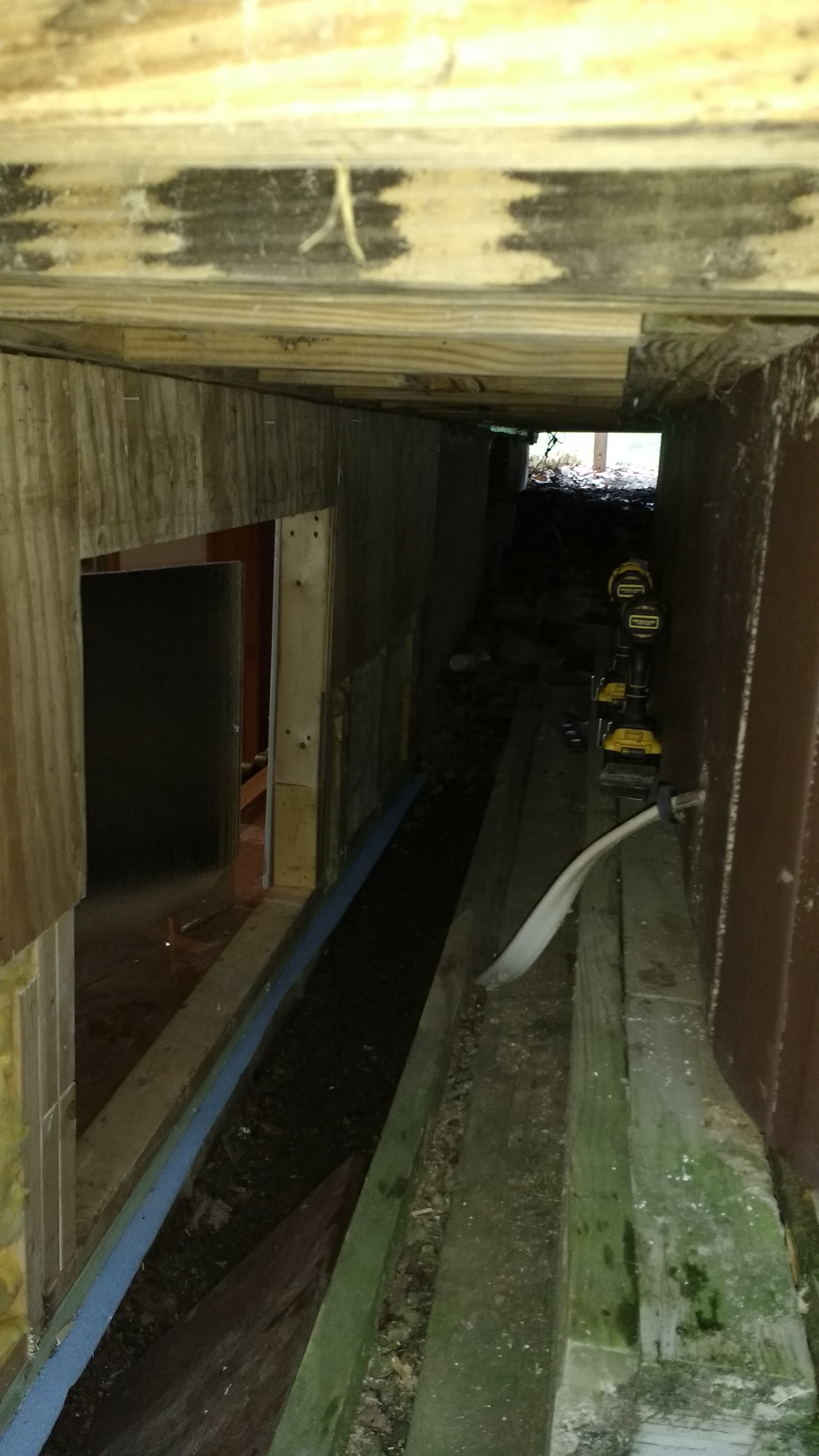I took both the written How to Perform Deck Inspections Course in addition to the How to Perform Deck Inspections Video Course. Before taking both, I didnt realize that they essentially presented the same information. However, the video course did help in understanding some of the concepts of proper deck construction and inspection. One of the visual demonstrations that I really liked was the layer-by-layer sequence of adding a ledger board to the band joist of a house. This demonstration did a great job in showing all of the flashing and counter flashing that should be included on all attached decks.
I took both the written How to Perform Deck Inspections Course in addition to the How to Perform Deck Inspections Video Course. Before taking both, I didnt realize that they essentially presented the same information. However, the video course did help in understanding some of the concepts of proper deck construction and inspection. One of the visual demonstrations that I really liked was the layer-by-layer sequence of adding a ledger board to the band joist of a house. This demonstration did a great job in showing all of the flashing and counter flashing that should be included on all attached decks.
Building codes require that a deck be designed to carry an evenly distributed load. Half being carried by the deck to house connection and the other half by the posts. A typical distribution though is seen i this image with more weight at the railings of a deck and so there is more load carried by the posts.

Basing the essay on the Minimum distance to soil image:
https://www.nachi.org/gallery/?level=picture&id=671
When inspecting a deck, a tape measure is handy to have when verifying the minimum distances from the soil to pressure treated wood (12" minimum) and non-pressure treated wood (18" minimum). Failure to meet these minimums could speed up deck deterioration and possibly create an unsafe condition.
The handrail for the stairs at the deck is at an acceptable height, made of synthetic material which is also acceptable. It is missing a grab rail that satisfies the IRC requirements. Installing a grab rail on top of or even in place of the cap rail would be allowed.

Effective marketing is key to success as a Home Inspector. Realtors are a primary source of referrals, so it is important for me to get and keep their attention on me. A home inspection kit, assembled and provided to the agents & their office will give them something to show their clients who are effectively going to hire me.
These are metal handrail which is installed correctly with the curve that is round and into the wall. The four bars in front is to protect the people who uses a wheelchair not to roll down the stairs. To go up and down the stair it is safe for you to use your hand that is close the rail to use to go up and down the stairs.
This deck was not build to today’s building code.The wood is rotten and the moisture was at 30%. It had not rained for weeks prior to the inspection. The rail supports were 10 feet apart and leaning inward which is against code. The customer didn’t want me to put it in my report.
There are a lot of safety features that are over looked when building a deck. Spacing between the baluster or the gap between the steps and the rail. These features should not be over looked when doing a deck inspection.
“Deck Receptacles”. I learned from reading the article that there was a update in 2008 to the original 2005 NEC requirement for outdoor receptacles. These changes were to help minimize the use of extension cords because of the hazards associated with them especially outdoor use. This requirement calls for at least one gfci and weather protected while use outlet on all decks, balconies, or porches that are 20 sq. feet or greater.
The deck on the back of home was not built on footer but placed on concrete blocks. Each support block should be on a Concrete footer and the deck secured to the footer. The deck is also just nailed to the side of the house and should be secured with at least 1/2 inch galvanized bolts. I would recommend having a licensed contractor to revaluate the deck.
House numbers clearly visible from the street are very important. It’s not only important for the pizza guy to find your house maybe even more important that the police, fire, and medical personnel can find your house with ease. Any second wasted looking for your home could be the difference between life and death. The numbers need to be big enough that they can be easily seen and placed in a location that is clearly visible.
This is a photo of the underside of a deck on a house that’s being redone for sale. You can see the contractor replaced the top deck boards on top of the old joists. The ledger board against the house is attached with an inadequate number and size of lag bolts. They used only 1 - 3/8 lag bolt per cavity instead of 2 staggered. The ledger board flashing was not visible and the back side of the rim joist was not accessible to check for any water damage or rot. The joist hangers were the correct size for the joists but there were numerous nails missing (never installed). I advised this client to have this deck evaluated by a qualified contractor prior to use.
I chose the article "Deck receptacles for my essay. I recently did an inspection on a house that was being rehabed to be flipped. The contractor completed the outside deck and steps but left the old outside electrical box on the back of the house. The box was recessed into the Stucco siding and not sealed against water, it was not GFCI protected and the cover was broken off. I cited that defect as a safety issue and advised the client to have a licensed electrician repair that defect and evaluate the rest of the electrical system.
Deck safety: It is important to have a professional install a deck. Improperly installed decks can lead to many risk, including deck collapsing. InterNACHI estimates that of the 40 million decks, only 40% are completely safe. Most injuries occur from rail failure.
Deck railing is designed to prevent injury and death from people falling over. All decks must be at least 36 in height. To prevent children and animals from slipping through, all decks must have no more than 4 in between each railing. The standard weight restriction is 50lbs per sq feet.
This is an image of a egress basement window opening being obstructed by a hot tub being recessed in the deck above. Also depicted, the deck stringers have been cut to accept the hot tub but have not been structurally reinforced.
I read an article based on deck receptacles in single family dwellings. The article states the necessity of exterior outlets as a safety feature for home owners. Relating to the fact extension cords posed a greater safety concerns than a properly installed and protected exterior outlet.
The hand railing on the steps consists of a flat 2x6 and does not have a graspable edge. A graspable edge is between 1 1/2" and 2" wide. and 1 1/2" to 2" high or have a grove to make the hand rail graspable. a handrail should be graspable, continuous, and smooth.
Rear wood step was damaged/broken at time of inspection. A qualified contractor is recommended to evaluate for repairs. Wood can decay and degrade over time with exposure to the elements. Decay is a problem that worsens with time. Items that have decayed may no longer be able to perform the function for which they were installed.

